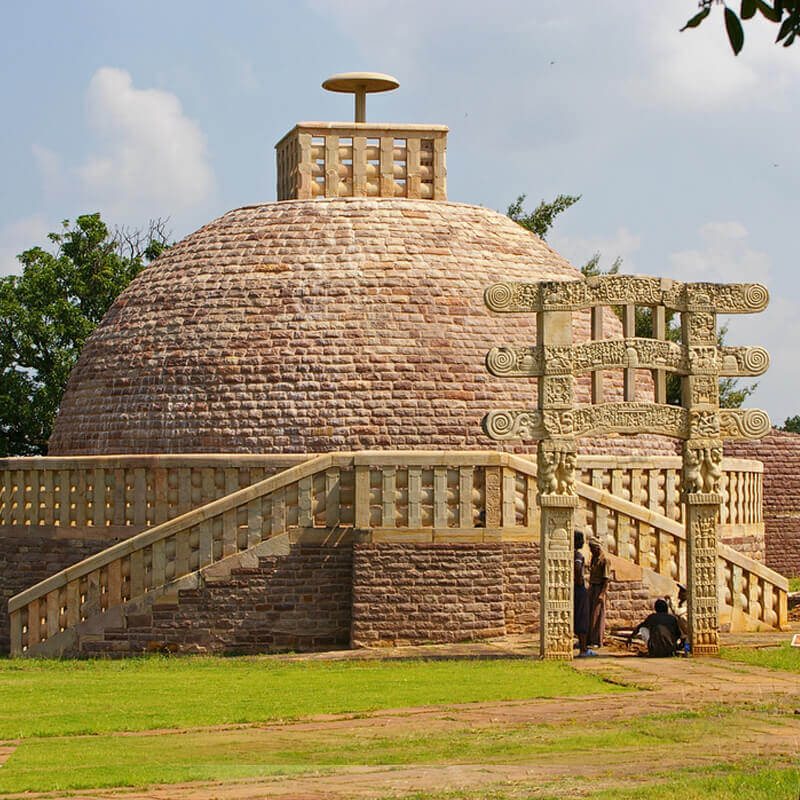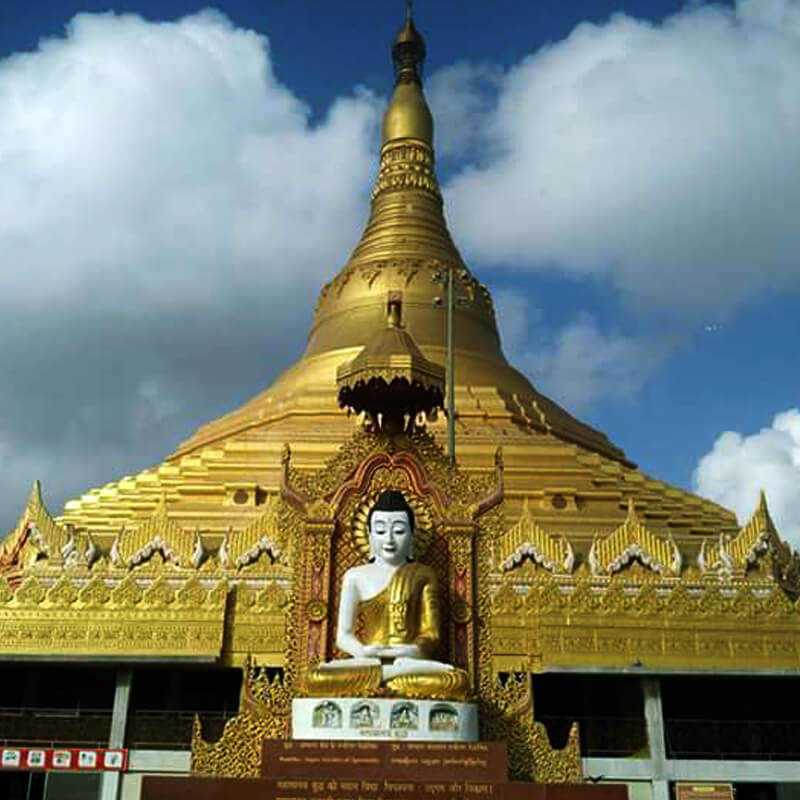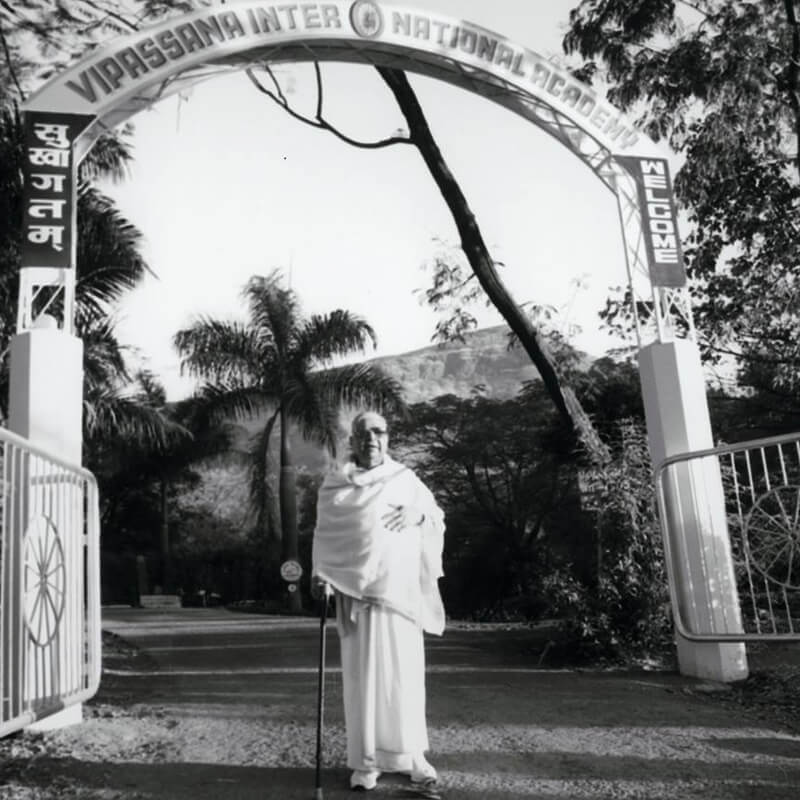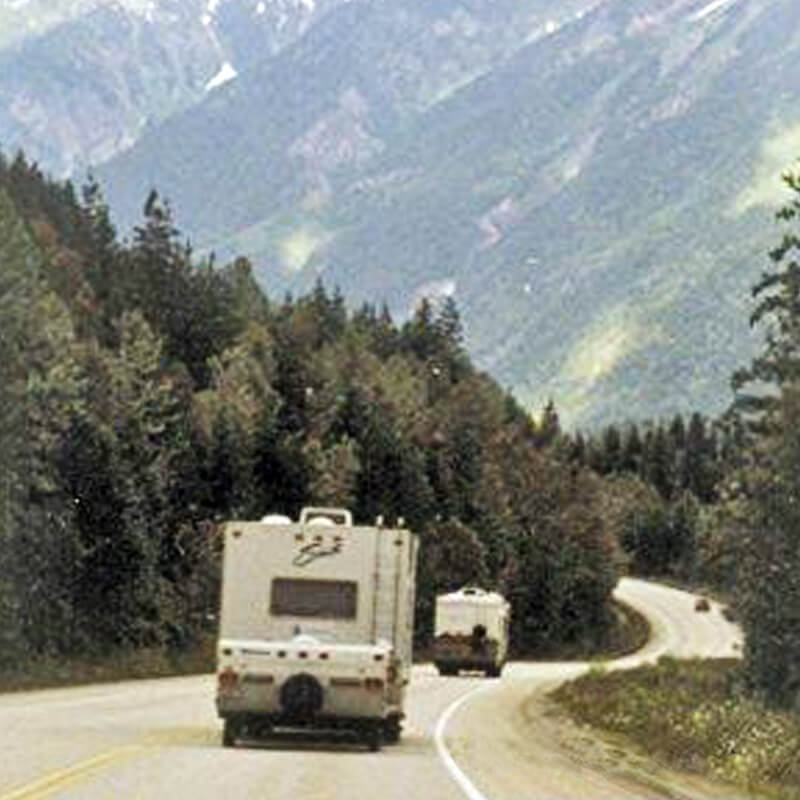-
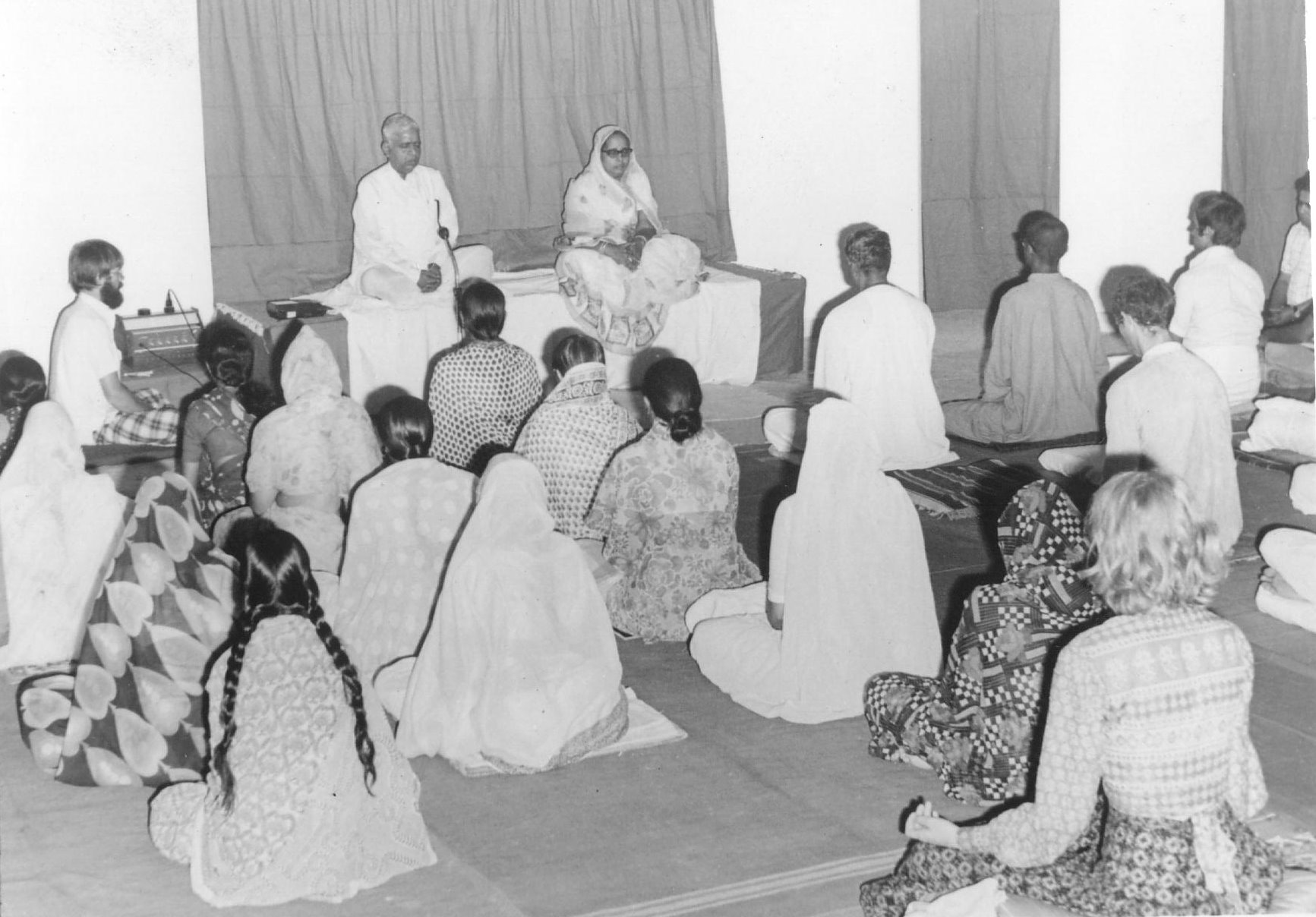
The Beginning
On June 22, 1969, Mr. S. N. Goenka arrived in India from Myanmar and with him, Vipassana, the priceless jewel of Dhamma, returned to the land of its birth after a gap of nearly two millennia. The first Vipassana course was arranged in the country of its origin in Mumbai, from July 3 to 13, 1969 with 14 students. Soon after, the second course was organized in Madras. Courses started being conducted one after the other - the clock of Vipassana had well and truly struck. Read more...
-
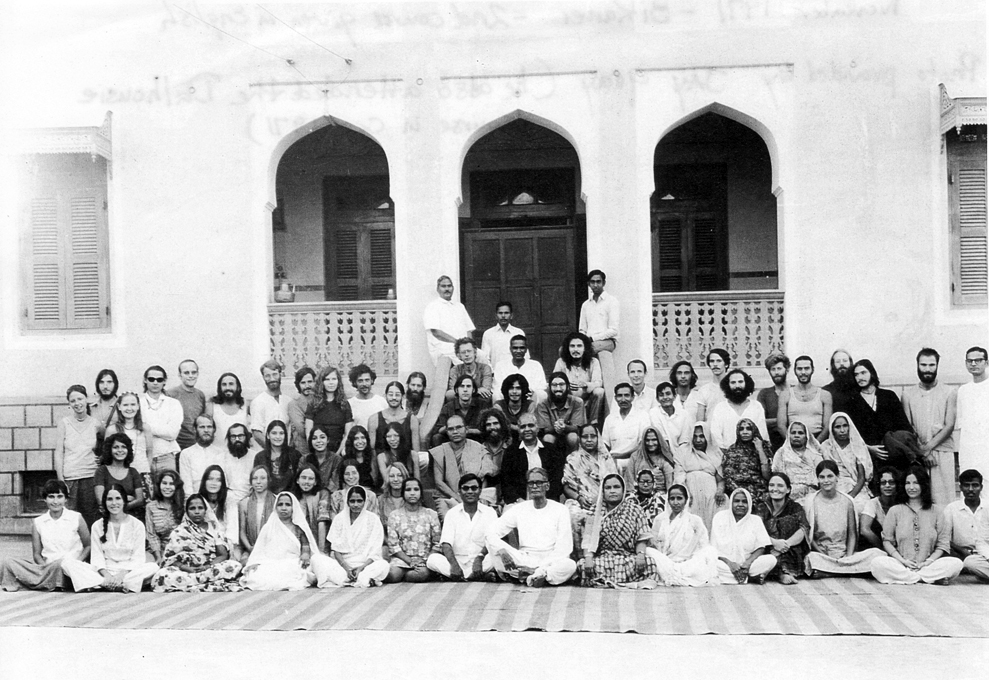
First Course in English Language
People from all sects, religions and countries started participating in Vipassana courses. After the initial courses in Hindi language, western students requested for an exclusive course in English language. Although hesitant due to lack of command on English language, Mr. Goenka agreed to conduct a course for Western students in Dalhousie. The successful completion of this course embarked the start of bi-lingual courses in Hindi & English languages, benefiting many foreign students. Read more...
-
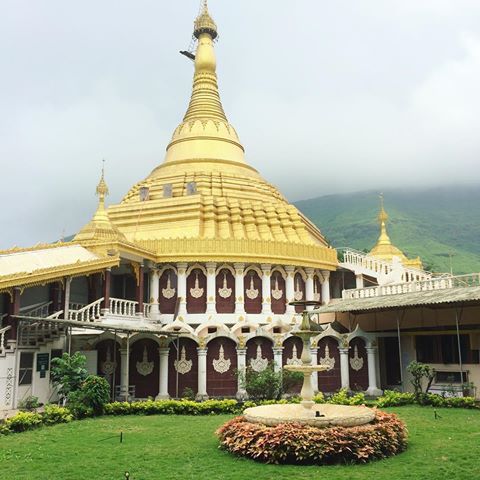
Initial Vipassana Centers
After conducting numerous Vipassana courses on rented sites since 1969, some of the old students decided to establish permanent Vipassana centers to provide a better atmosphere of practice for students. After thorough search, the land near Igatpuri was finalized and after millennia, the priceless jewel of Dhamma found a casket -- Dhamma Giri. This Center was followed by two other centers in Hyderabad and Jaipur. Today there are Vipassana Centers all around the world. Read more...
-
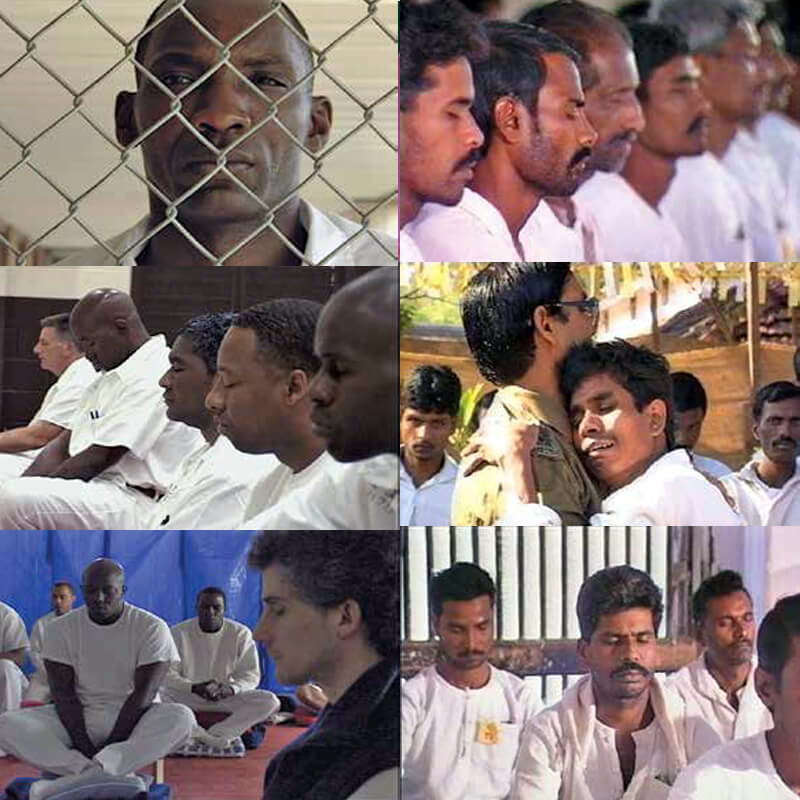
First Course for Prisoners
The doors of Vipassana meditation opened to prisons, when the then Home secretary of Rajasthan Government, attended a Vipassana course and decided to use this technique as an instrument of reform in jails. Millennia after the times of Emperor Asoka, where Vipassana meditation was widely used as an instrument of reform, the first Vipassana course was successfully completed in the Central Jail of Rajasthan. Read more...
-
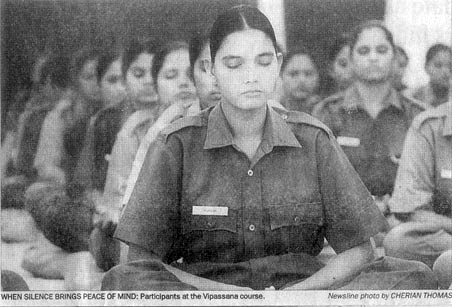
First Course for Police Officers
The successful completion of the course for prisoners in the Central Jail of Rajasthan led to the organization of a course in the Rajasthan Police Academy in early 1976, in which police officers of all ranks participated. The course had a profound impact on the behavioural pattern of the participants. They got a clear perception of their functions and roles, and developed greater awareness of their duty towards the society. Read more...
-
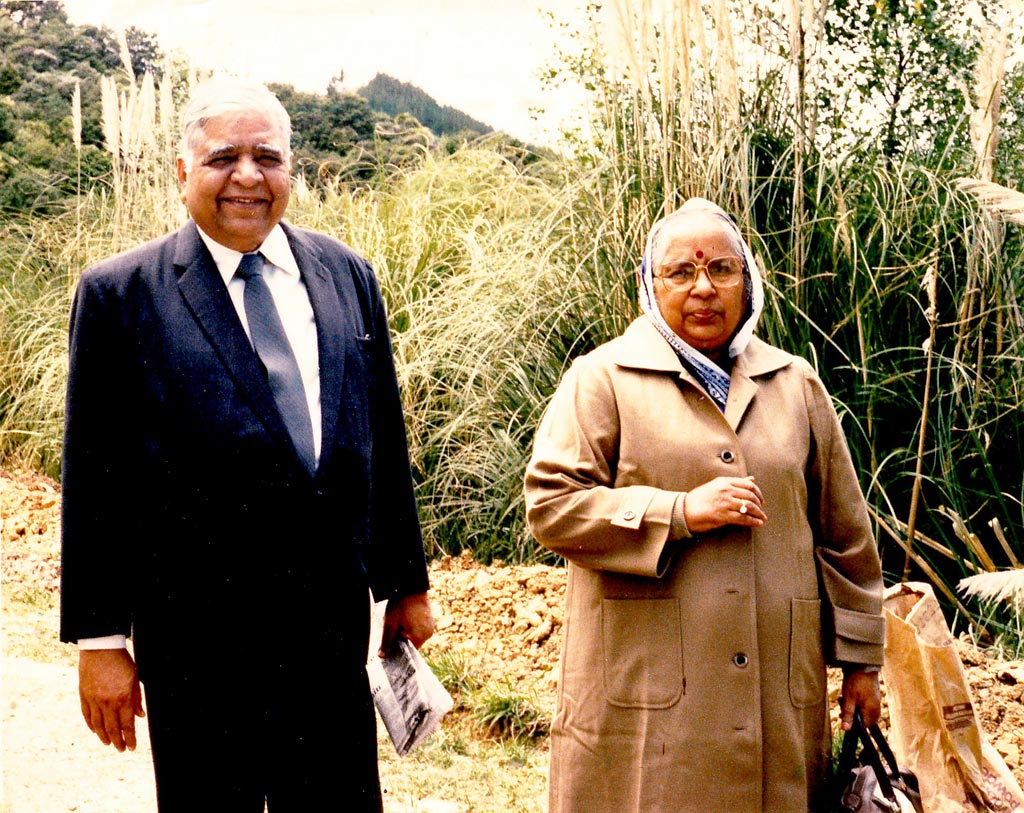
First Course Abroad
After the spread in India for 10 years, Vipassana crossed geographical boundaries and the first course was conducted in France from July 1 to 11, 1979, followed by numerous courses in many countries in Europe and North America. This first course, riddled with quite a few initial difficulties, was instrumental in the spread of Vipassana around the world. Read more...
-
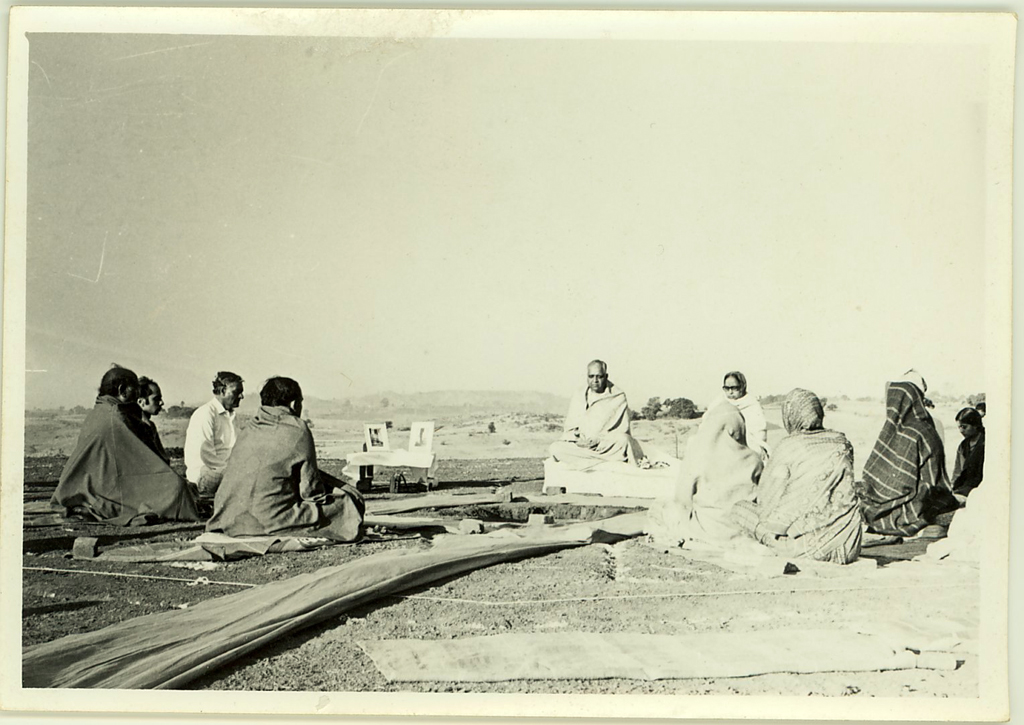
Appointment of Assistant Teachers
After devoting more than a decade to teaching Vipassana, Mr. Goenka decided to appoint a few of his students to conduct Vipassana courses on his behalf. Just like in ancient times, these modern era Dhamma messengers spread the teaching of Vipassana for the benefit of many, for the welfare of many. In March 1982, the first course by assistant teacher was conducted in Bodhgaya, followed by numerous such courses around the world. Read more...
-
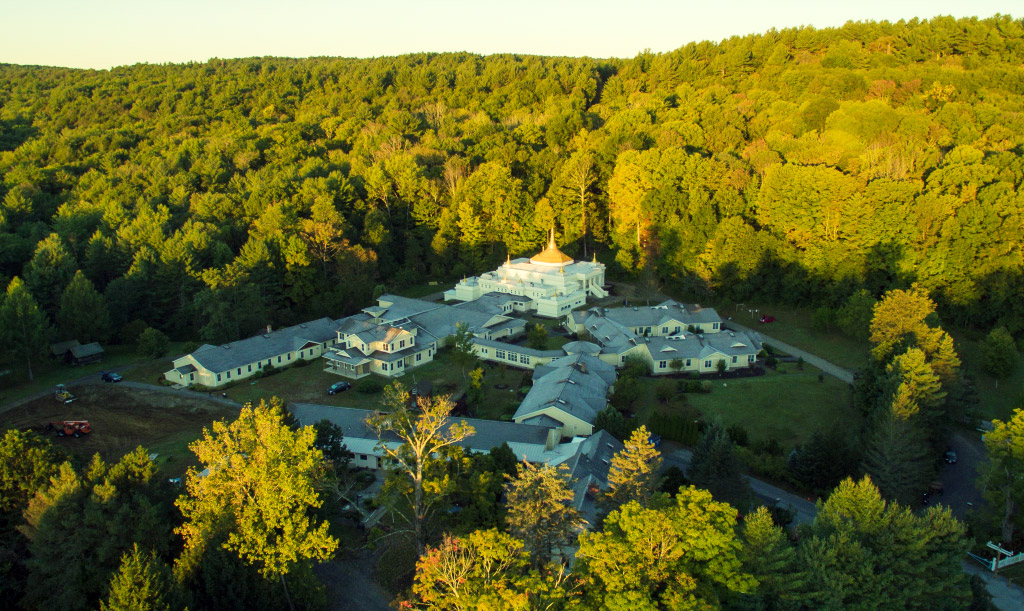
First Center Abroad
After combing different corners of Massachusetts, USA for potential sites, a site was purchased for Dhamma Dhara, the first Vipassana Center out of India. The eight acres of land, which was mostly open meadow, with a rambling two-story house is today transferred into a beautiful dwelling of Dhamma serving thousands of students every year. Today there are 16 Vipassana centers in North America. Read more....
-
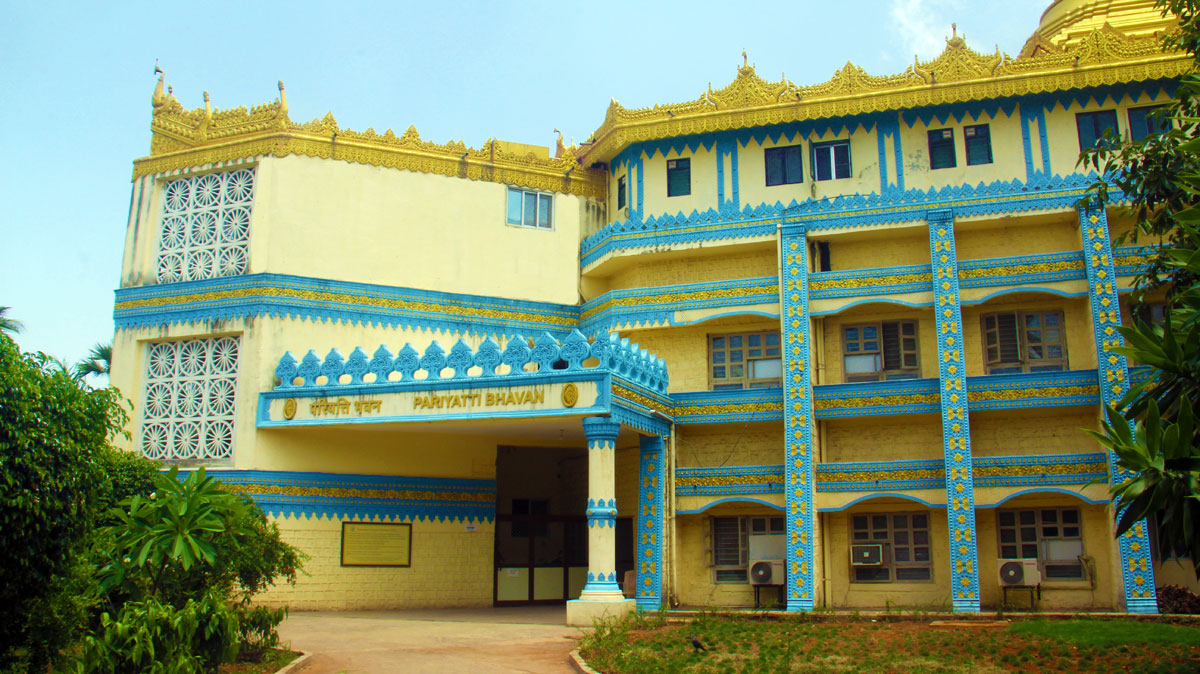
VRI
The Vipassana Research Institute (VRI) was established for the purpose of conducting research in the sources of Vipassana meditation. This research has its focussed on: 1. the publication and translation of literature in the Pali language 2. research into the application of Vipassana in daily life. Read more...
-
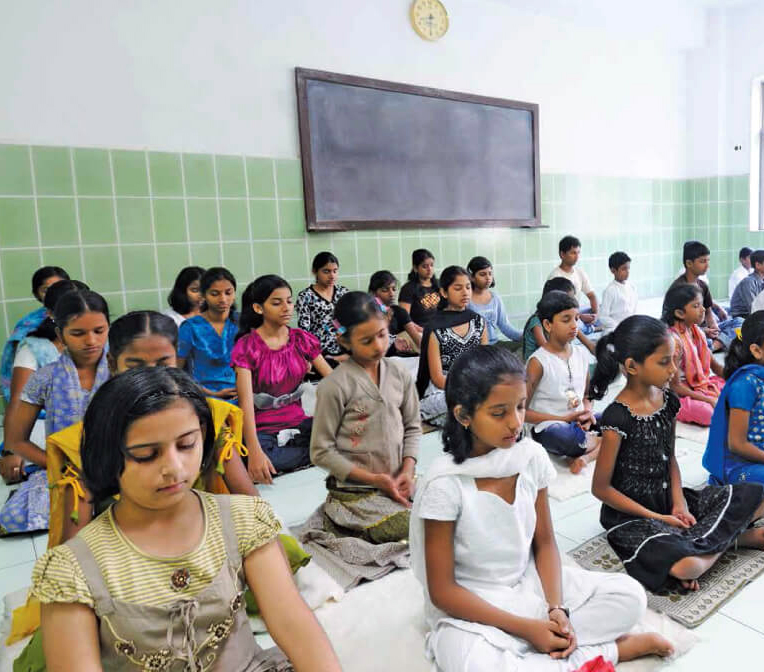
First Children Course
The first formal Anapana course for children took place in a school located in the Mumbai suburb of Juhu. This first course was followed by many more, in India and around the world. Today residential and non-residential children courses are being conducted around the world with special courses for autistic children, homeless children, orphans, children with hearing and speech impairments, and children with physical and mental disabilities. Read more...
-
Recording the Teachings
After the appointment of assistant teachers, the recordings of Mr. Goenka's teachings were made to maintain the uniformity of the course structure. Old students devoted time and put systematic effort to make the recordings as perfect as possible. As a result, today, the format, course structure and instructions of Vipassana courses are identical across the globe. Read more...
-
First Course in Tihar Jail
The first Vipassana course was conducted in Tihar jail, one of the largest jails in Asia, housing approximately 10,000 inmates, for 96 prisoners and 23 members of the jail staff. The phenomenal success of this course led to the organization of a massive course for 1000 inmates which resulted in the establishment of a permanent Vipassana center within the campus of Tihar jail, the adoption of Vipassana as a reform measure in all the prisons in the country by the Ministry of Home affairs, India and the start of conducting Vipassana courses in prisons around the world. Read more...
-
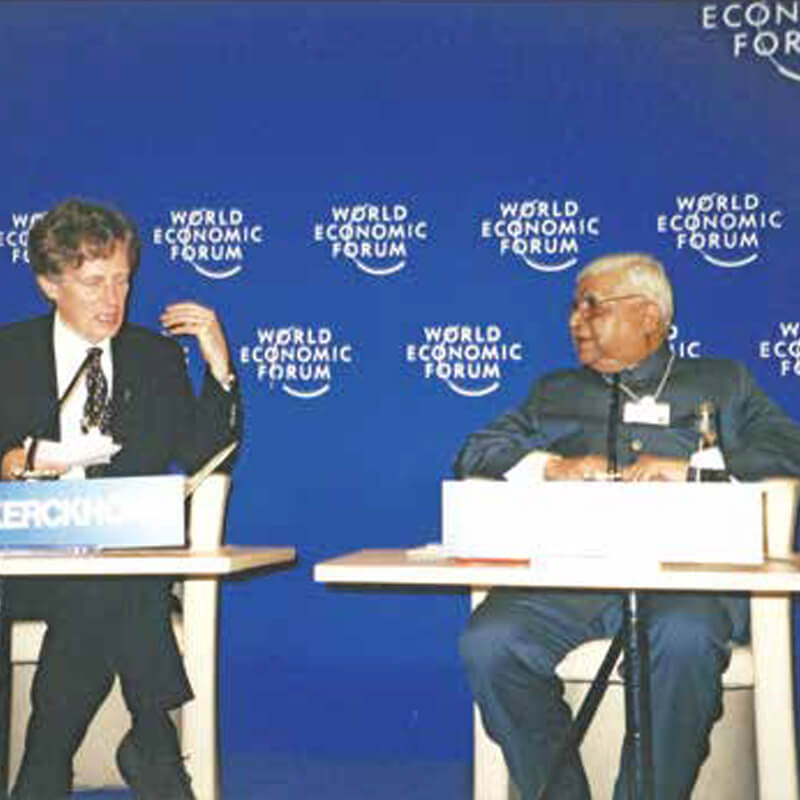
Speech at the World Economic Forum
In the World Economic Summit, Davos, Switzerland, which is usually attended by CEOs of prominent companies, presidents and prime ministers of nations, Mr. S. N. Goenka delivered multiple speeches on spirituality in business. He pointed out the need for Vipassana training in Government and the business world, and his message was well received by the audience. The seed of Vipassana was planted in this elite group of the society. Its fruits came after two years, with the completion of the first 10-day Vipassana course conducted especially for executives in New York. Read more...
-
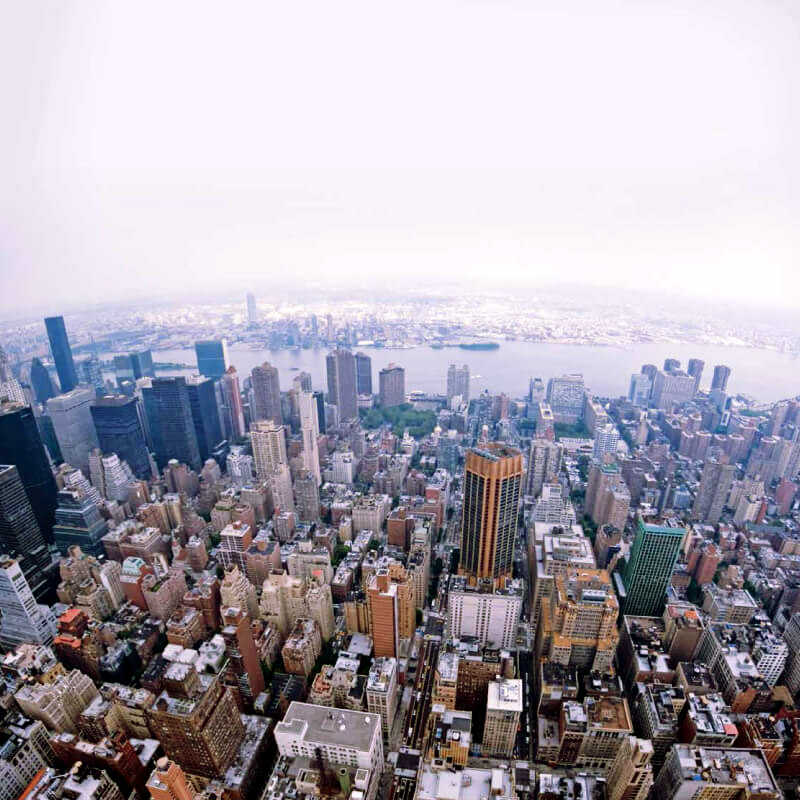
First Course for Executives
The first Vipassana course was conducted exclusively for business executives and government officials in Massachusetts, U.S.A. This course was attended by over 100 prominent business leaders from around the world including senior executives from multi-national companies as well as doctors, lawyers and a U.S. Federal Judge. Successful completion of this course was followed by numerous executive courses throughout the world. Read more...
-
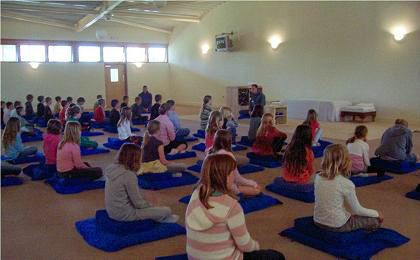
First 7-Day Teenager Course
To plant seeds of pure Dhamma in the younger generations, enabling them to live a peaceful life, a 7-day Vipassana course for teenagers was introduced in April 2004 at Dhamma Giri.With this first course, the gates to Vipassana were thrown open to this group. Since then, teenagers courses have been held all over India, Myanmar and Nepal benefiting thousands of teen-aged boys and girls. Read more...
-
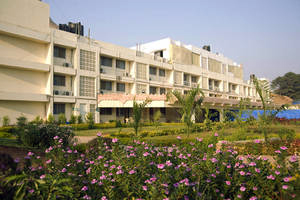
First Center for Executives
Dhamma Pattana, the first center to conduct the courses exclusively for the professionals and executives was established in 2007 in India. Situated atop a lush green hill, overseeing the sea, this Center is housed in the Global Vipassana Pagoda complex, near Mumbai. Read more...
-
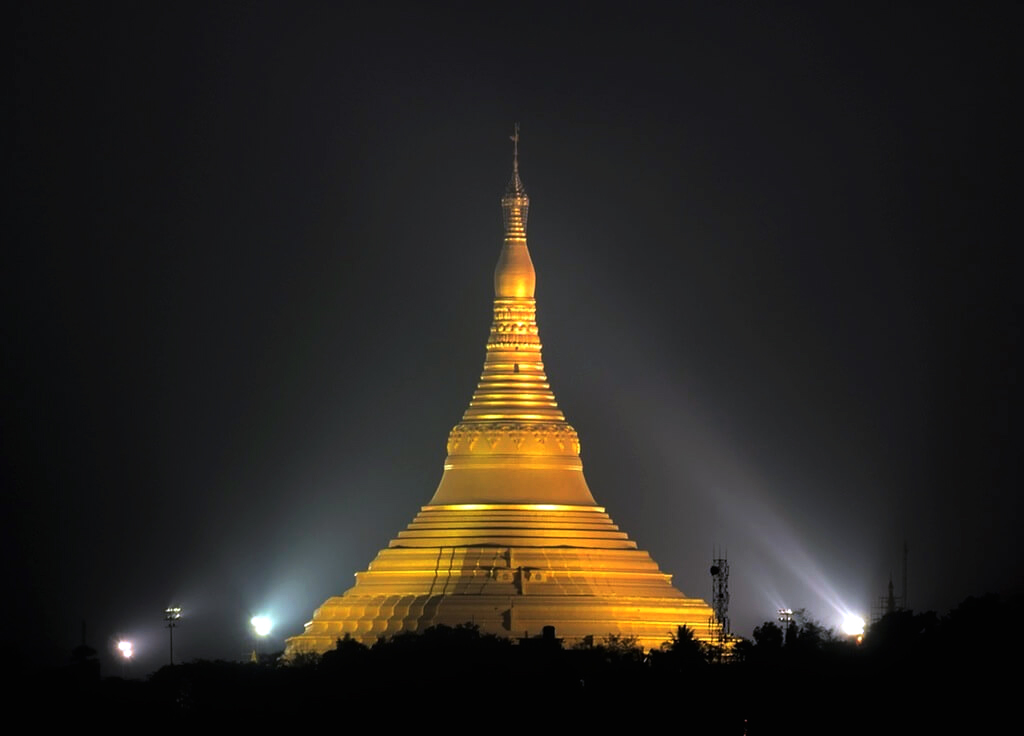
Global Vipassana Pagoda
The Global Vipassana Pagoda, a monument of peace which aims to promote the practice of Vipassana and to spread the original teachings of the Buddha, was inaugurated on February 8, 2009, by the then President of India. Towering majestically over 100 meters into the Mumbai sky, it represents humanity's aspirations to the highest spiritual goal. The stone structure, which has a 280 feet diameter and is 325 feet tall, has the original bone relics of the Buddha. Constructed entirely through voluntary donations, the Global Vipassana Pagoda is considered as an architectural marvel with a massive 6,000 sq ft pillar-less meditation hall which can accommodate 8,000 meditators at a time. Read more...
-
MITRA Project
MITRA, which stands for MIND IN TRAINING for RIGHT AWARENESS, is an initiative of the Government of Maharashtra in association with VRI to facilitate wholesome mental growth in school children. Schools in co-ordination with VRI arrange for its students to get an initial training of 70 minutes of Anapana through audio instructions of Mr. S. N. Goenka. After this initial training, the school children practice this technique daily for 10 minutes before the school starts and repeat the practice for 10 mins before leaving for home. Read more...
-
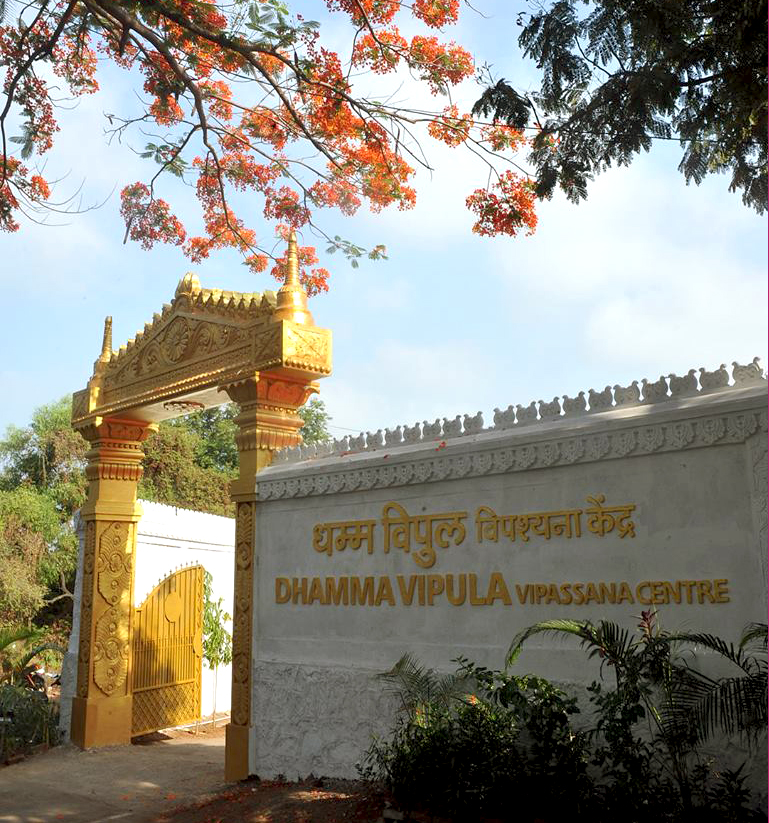
Second Center for Executives
With the growing demand for courses, the second center for executives was established near Navi Mumbai. Situated amidst 3 acres of forest land, Dhamma Vipula is on the highest point on Parsik Hill. Located across the southeast and northeast corners of Central Mumbai, both executive course centers, Dhamma Pattana and Dhamma Vipula stand as a beacon of Dhamma in Mumbai city, the financial hub of India. Read more...
In the modern era, the spread of Vipassana started from 1969 when Mr. S. N. Goenka, a dhamma messenger of modern times, returned to India - the country of origin of Vipassana, where Buddha’s teachings were totally lost and ‘Vipassana’ was a foreign word. Long ago, the Ganges of Dhamma flowed from India to Burma; the time was ripe for it to return to its native land.
After initial difficulties, Mr. Goenka conducted first Vipassana course in Mumbai, from July 3 to 13, 1969, for his parents and few family friends. On the completion of the first course, another course was immediately organized in Madras. Courses started being conducted one after the other - the clock of Vipassana had well and truly struck.
Students who benefited from these initial courses, enthusiastically came forward to arrange future courses. People started offering places to conduct Vipassana courses - Dharamshalas (rest houses for pilgrims), college or school buildings, the hostels of universities and research institutes, library buildings, stadiums, prison buildings, royal palaces and crumbling ruins. It was as if all gates opened to welcome Dhamma wholeheartedly.
People of every background were drawn to the bank of the Ganges of Dhamma to quench their thirst: The miserable inhabitants of luxurious skyscrapers in the great cities, people living in huts and even the homeless who sleep on the footpaths, have-nots of the lowest strata of society, professionals and urban intellectuals, illiterate villagers, people overwhelmed with pride at belonging to a high caste, people suffering from discrimination and from their own sense of inferiority at belonging to a low caste, Hindus, Muslims, Buddhists, Jains, Sikhs, Christians, Parsis, Jews, Indians and non-Indians.
From 1969 to 1975, Vipassana courses were held across 11 Indian states and 37 towns and cities. By 1979, there were three centres in India, and the nucleus of the meditation pagoda was built at Dhamma Giri. The first course to be conducted in the West was in France, in 1979. After that the floodgates of Dhamma opened there as well.
Since 1969, the pure stream of Dhamma has swelled into a mighty river, bringing happiness to people across the world. Today, there are 170 centers and 129 non-centers around the world. Hundreds of assistant teachers are conducting the courses on behalf of Mr. Goenka with the help of selfless service of grateful old students. Like ancient times, the volition of these dhamma servers is the same - ‘For the benefit of many...for the welfare of many.’ For more details regarding rise and spread of Dhamma in India, please click here.
Vipassana courses conducted in the prisons of India, Nepal, Thailand, England and America have played an important role in improving lives of prisoners. Courses were conducted in India for leprosy patients bringing about an improvement in their attitude to life. They did not suffer from an inferiority complex, as much as they did in the past. Vipassana brought smiles on their faces. Vipassana courses were conducted in India and Nepal for the visually impaired too. Those addicted to gambling, tobacco and other intoxicants, including drugs, have become free of their addictions by the practice of Vipassana. With the help of the Government of Switzerland and Australia, a lot of work has been done in this direction.
In India and other countries, thousands of students from the elementary to high school level and college students have benefited from Ānāpāna and Vipassana respectively. It has resulted in an increased number of children Anapana courses and Teenagers' Vipassana courses. In addition, the Maharashtra Government has started a MITRA project through which the teachers of all the Government schools are taught Vipassana and the students are taught Ānāpāna.
This is an inspiring journey of Mr. S. N. Goenka and his students in carrying forward the torch of pure Dhamma, history of Vipassana centers and the milestones in the spread of Vipassana.

